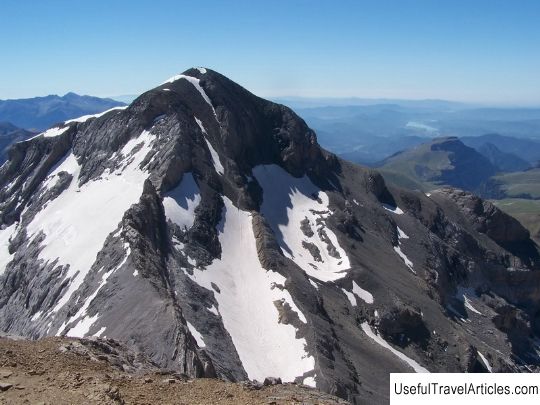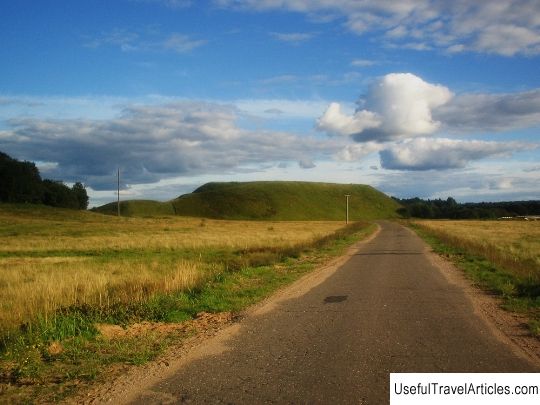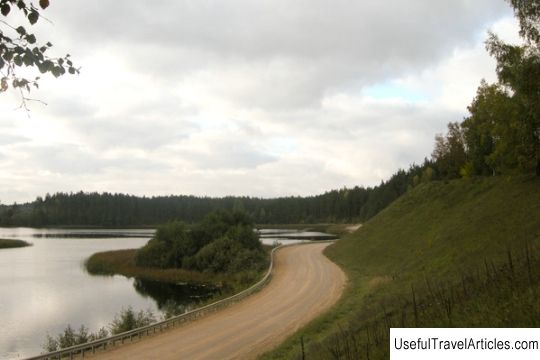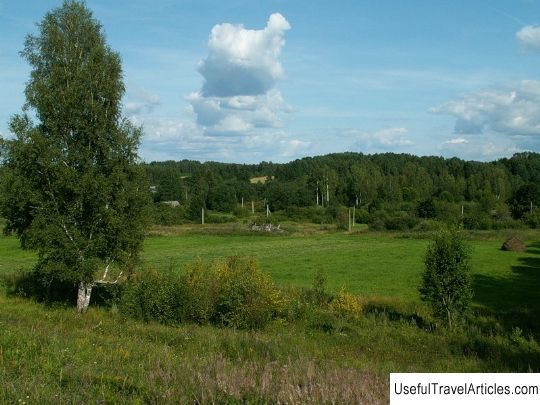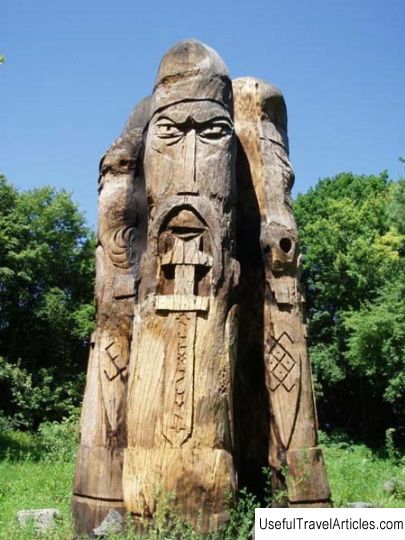Dukhova Gora description and photo - Russia - North-West: Pskov region
Rating: 8,8/10 (5494 votes) 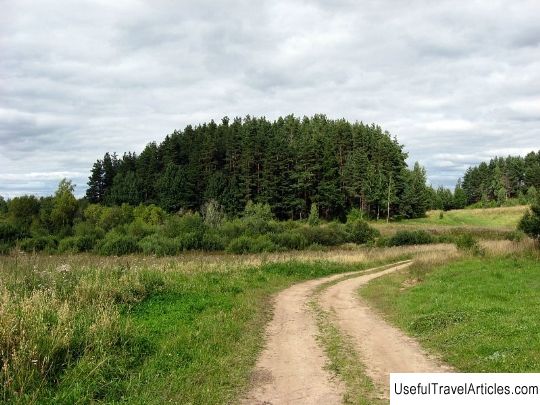
Dukhova Gora description and photos - Russia - North-West: Pskov region. Detailed information about the attraction. Description, photos and a map showing the nearest significant objects. Photo and descriptionDukhova Gora is a cultural, historical and archaeological monument. It is located in the Litovka tract, near the village of Kirovo, Opochetsky district, in the Pskov region. In ancient times, there was a settlement called Litovka. It was founded by the tribes of the ancient Eastern Slavs - the Krivichi. Around the settlement were their burials in the form of burial mounds. As you know, the settlements and mounds of the Krivichi are the only material monuments that testify to the life of these tribes. It is also believed that this mountain was a sacred place, first for the Baltic tribes, and then for the pagan Slavs before they adopted Christianity. According to one version, at the top of this hill there was a statue of the idol of Perkuons, who was one of the main gods, an object of worship of the ancient Baltic tribes, the ancestors of our contemporaries - Latvians and Lithuanians. In the era of the Slavs, here, at the top, in its place was a statue of Perun, the main deity of the pagan Slavs. After the Baptism of Russia took place, the idol was thrown down, and a stone cross was made from its statue, which was erected in the same place. It is believed that it existed until the era of the reign of Ivan the Terrible, and after that, supposedly, went underground. There is information that Tsar Ivan the Terrible, before his death, issued a decree on compiling a list of holy places, which included Dukhova Gora. Thus, already at the end of the 16th century, this mountain was already known among other holy places in Russia and, just like today, was a place of pilgrimage for many believers. Many testify that, when climbing a mountain, the compass needle gets lost under the influence of an electromagnetic field, operating in this area. The origin and mechanism of action of this phenomenon have not yet been deeply studied. A forest road leads to the Holy Mountain. The mountain itself is of the correct form, once it was surrounded by a deep moat. Perhaps a palisade once stood on the site of the ditch. Some eyewitnesses who lived after the Second World War claim that at that time the remains of the ditch were still quite clearly traced. However, today it has practically merged with the general relief, only in a few places can you notice small depressions that remind of its existence in antiquity. There is also a small swamp around the mountain, followed by a forest and village fields. You can get to the top of the mountain by a path located on the hillside, which is located at an angle of 45 degrees. The height of the mountain is a little less than 15 meters. Today, at the top of the mountain, there is a chapel in honor of the Descent of the Holy Spirit, and around it there is a village cemetery. The construction of the chapel is made of wood, the three-meter walls have a frame structure and are sheathed with edged boards. According to one version, this small chapel was built on the mountain between the 16th and 19th centuries. According to another version, the date of its construction is 1910. The building is one-story, octagonal in plan. The porch adjoins the western side. Above the iron roof is a small drum and a head. There used to be a metal cross over the dome of the chapel. Elderly locals claim that it was once gilded, but over time it has lost its layer of gold. Later, the cross, like the old icons, was stolen. Today, the cross on the chapel has been restored, and the icons that are in the church today were donated by the parishioners. Fragments of ancient carving have been preserved inside. Today, as before the 1917 revolution, the day after the feast day of the Trinity, many pilgrims come here and worship is held on the mountain. On the holiday itself, a procession is held from the Intercession Church in Opochka to the chapel of the Holy Spirit. There is also a festive service and a water-blessing prayer service. The stories of many of the pilgrims testify to the healing power of this place. The Orthodox believe that the Holy Spirit dwells in the chapel. It is believed that by washing the floor in it, the suffering ones receive healing from their illnesses. To prove this, there is always a bucket and a rag in the chapel, and the floor is always cleaned.         We also recommend reading Castle Larissa description and photos - Greece: Argos Topic: Dukhova Gora description and photo - Russia - North-West: Pskov region. |
